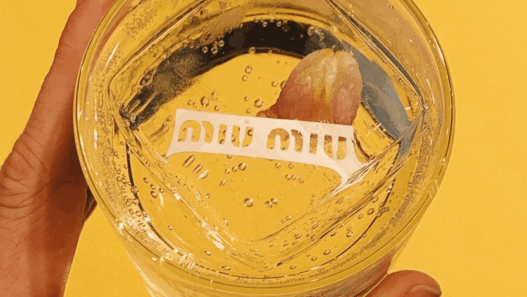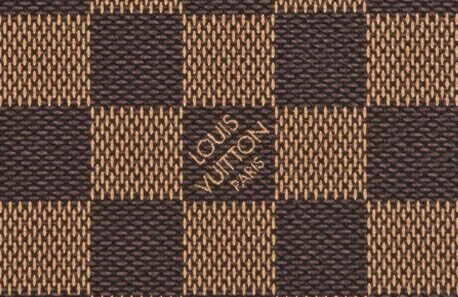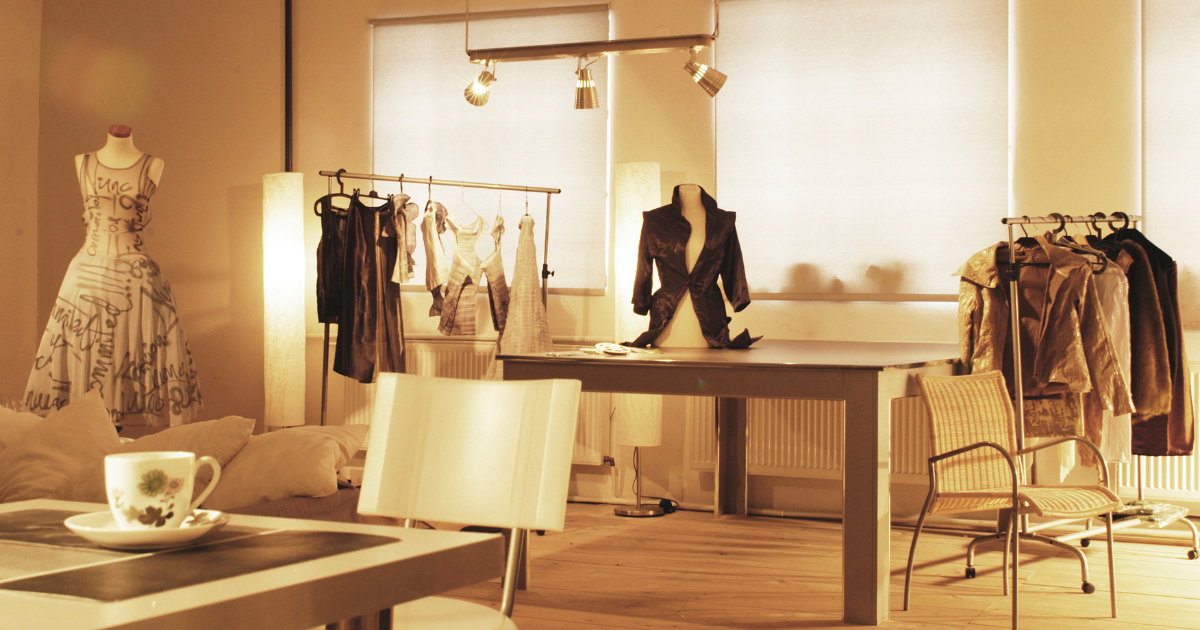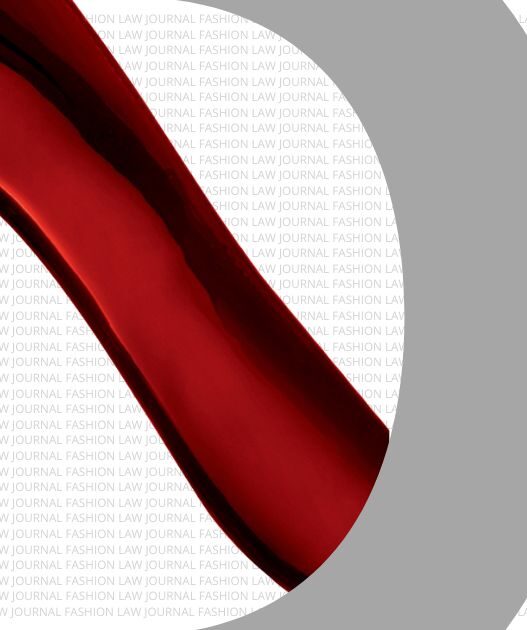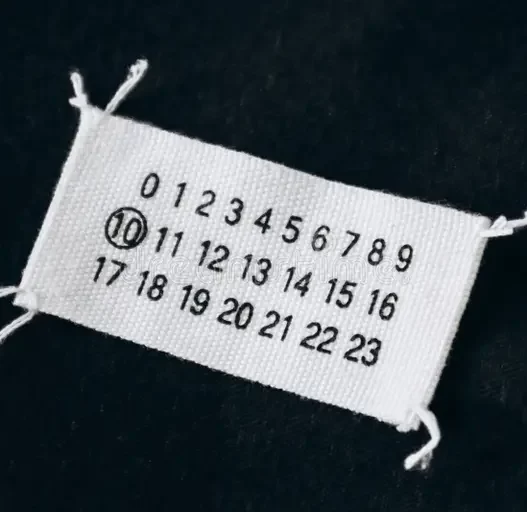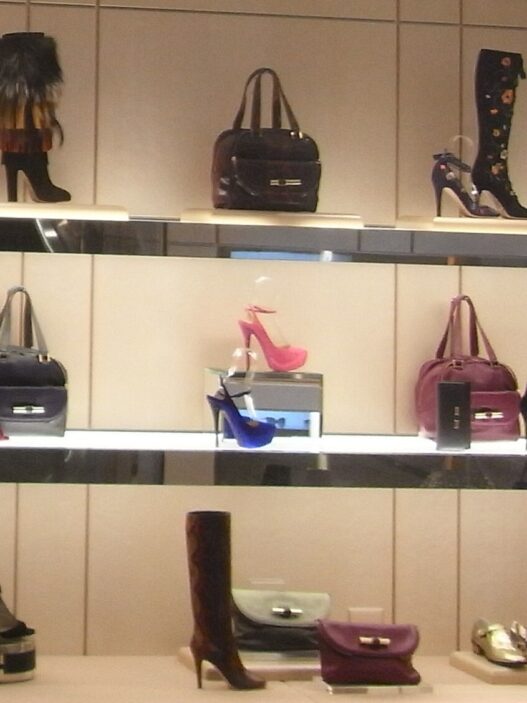Setting the Scene: Fashion Risks and the Need for Neutral Medical Evidence
Fashion is more than just fabric and flair—it carries safety risks. High-heel falls, allergic reactions to textile chemicals, and injuries caused by faulty straps appear in emergency rooms every year. These incidents often lead to lawsuits concerning defective products or unsafe designs. When style becomes hazardous, courts require clear, objective medical evidence. Neutral facts help distinguish genuine injuries from exaggerated claims and ensure fairness for everyone involved.
Independent Medical Examinations at the Heart of Designer Disputes
An independent medical examination (IME) gives an unbiased medical opinion about injuries involved in legal disputes. Unlike treating doctors, who may know the patient well, IME providers do not treat or have a prior relationship with the claimant.
Courts, insurers, and defense teams consult outside experts when someone claims that fashion goods—such as shoes or textiles—have caused harm. Their reports emphasize facts rather than emotions. This is important because a treating physician’s notes may reflect the patient’s perspective, which can influence objectivity. During depositions, parties frequently use IME reports as reliable evidence to clarify the extent of injuries, their cause, and the outlook for recovery.
Trigger Points: When Fashion Claims Call for a Neutral Expert Review
IMEs provide valuable clarity in many fashion-related claims. Scenarios that often prompt a request include:
- Malfunctioning closures (zippers, snaps, fasteners)
- Skin reactions to dyes, adhesives, or synthetic fabrics
- Bodily injury from collapsing stiletto heels
- Sprains from defective athletic wear
During litigation, an IME can confirm the seriousness of an injury, determine if a design flaw truly caused the problem, and assess treatment needs.
IME Timeline at a Glance
| Stage | Description | Timeframe |
| Request | File submitted to IME provider | 1-2 days |
| Exam Scheduled | Appointment set with the claimant | 1 week |
| Medical Review | Exam and file review completed | 1-2 weeks |
| Written Report | Findings sent to all parties | 1 week |
Selecting the Right Provider for Independent Medical Exam Support
Choosing an IME provider requires careful review. Look for:
- Board-certified physicians in relevant specialties
- Experience testifying in court settings
- Familiarity with apparel-industry injury patterns
Two factors stand out: the speed of report delivery and clear, concise documentation ready for court presentation. For legal teams comparing options, consider IME services, reviewing cost, medical specialties, and geographic coverage before making a decision.
Real-World Impact: IME Reports That Shift Fashion Case Outcomes
IME reports often make the difference in trials and settlements. Here are two anonymized examples:
Example 1: High-Heel Product-Liability Suit
A shopper sued after a heel snapped, causing a broken ankle. The treating physician supported a long recovery, but an IME determined that past injuries contributed more than the shoe’s flaw. The insurer used this report to negotiate a much lower settlement, saving tens of thousands of dollars.
Example 2: Textile-Allergy Personal-Injury Case
A factory worker claimed severe dermatitis from a new fabric treatment. The company’s IME expert identified a preexisting skin condition and showed the fabric allergy was minor. The employer succeeded in having the claim denied at summary judgment.
In each case, forensic-grade medical insight from an IME shifted liability, changed negotiation outcomes, or even overturned a denied claim.
Setting New Standards: Neutral Exams in Fashion Disputes
Legal teams that request independent medical examinations early set up a more efficient and credible case process. These neutral assessments help control litigation risk and reduce drawn-out discovery.
As fashion safety standards advance, independent exams will play an even larger role. Efficient case handling, faster resolutions, and fairer outcomes start with expert, unbiased medical opinions. Integrating IMEs as standard practice in fashion litigation can help protect brands and consumers while keeping the focus on facts, not just fashion.





